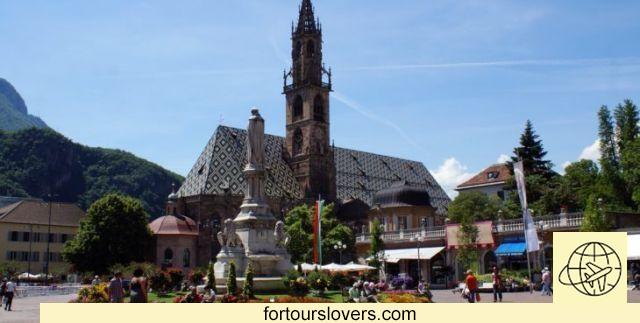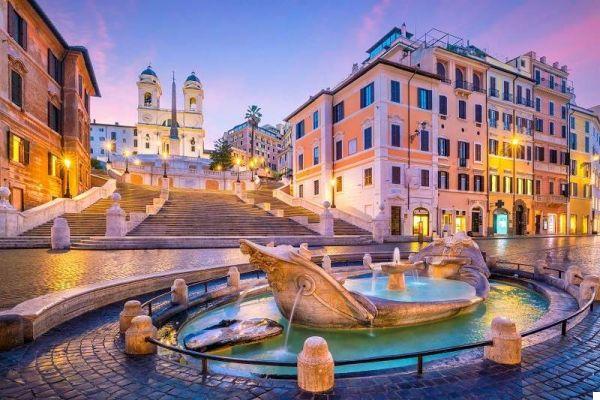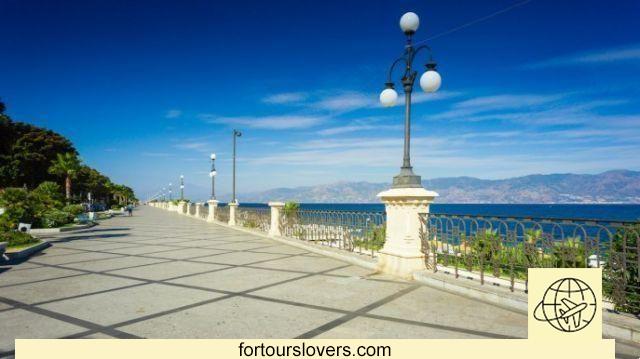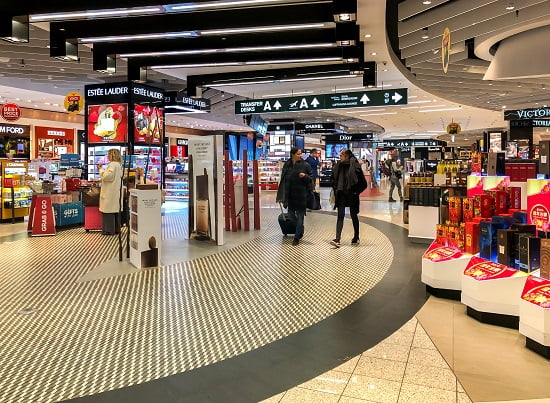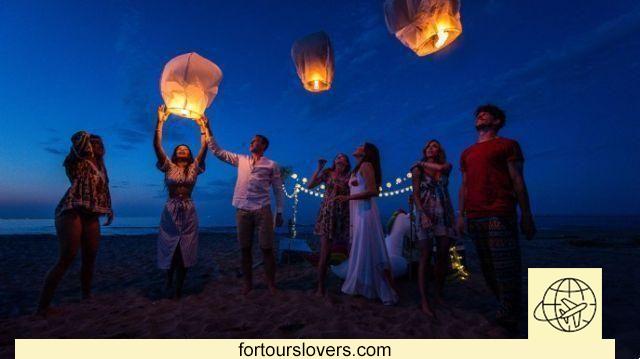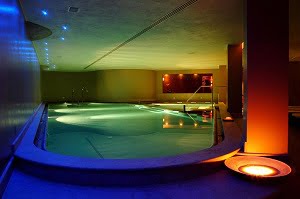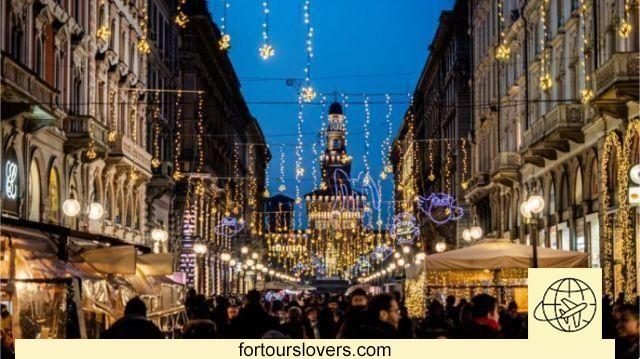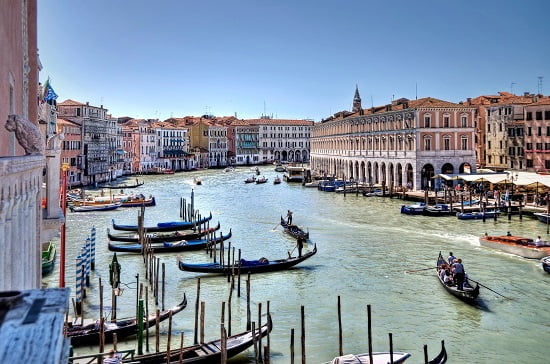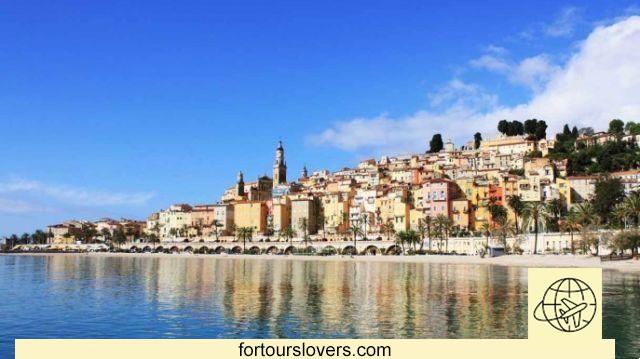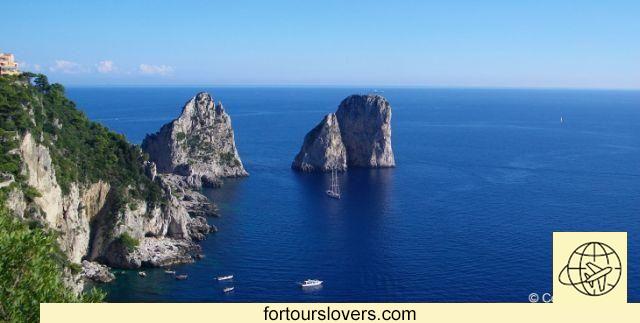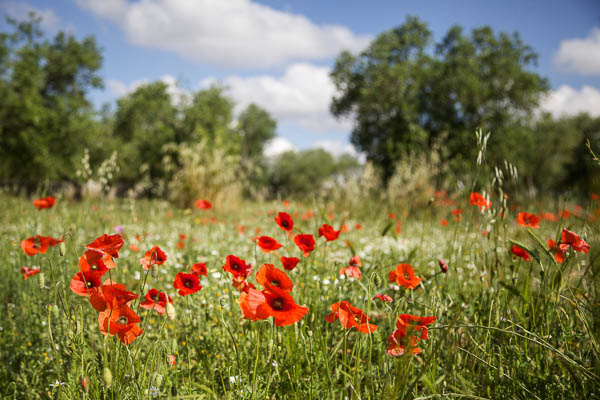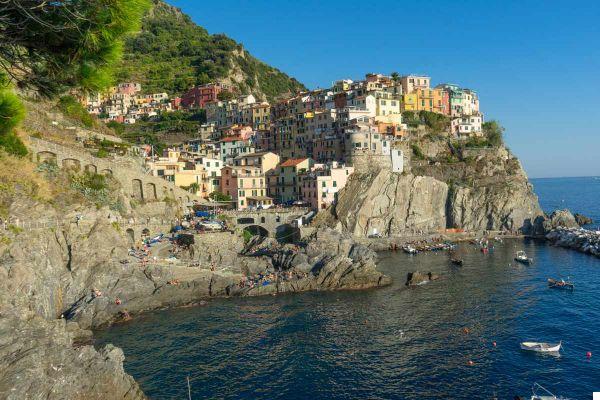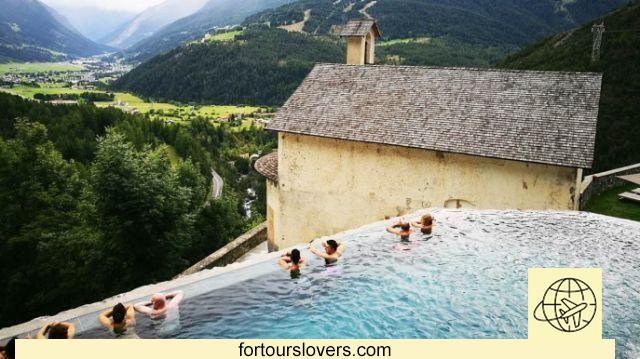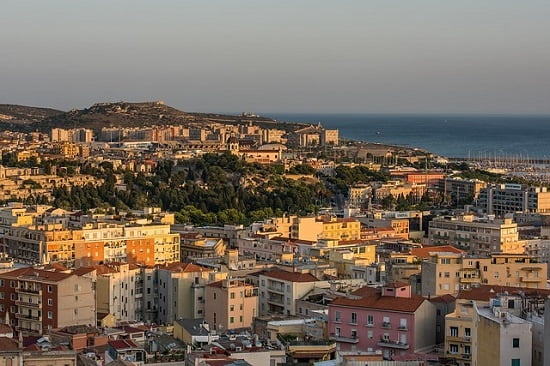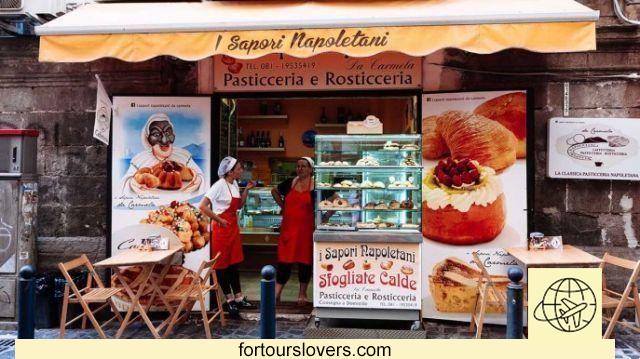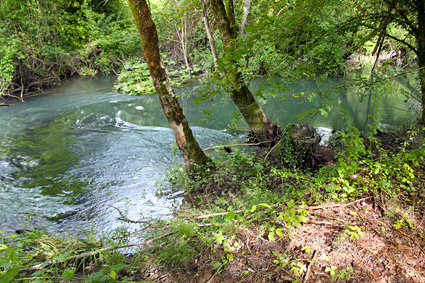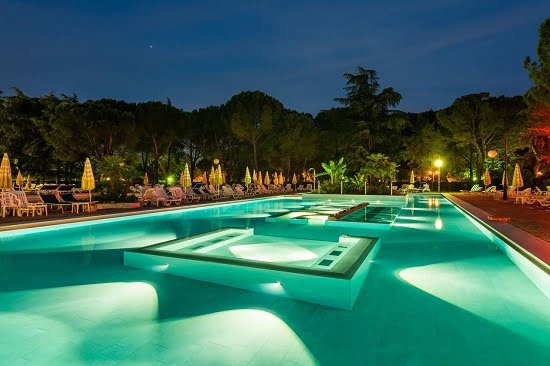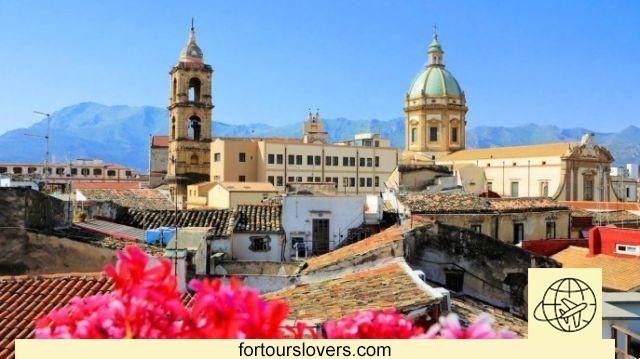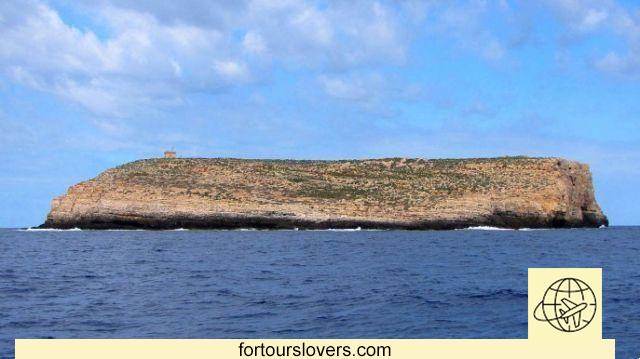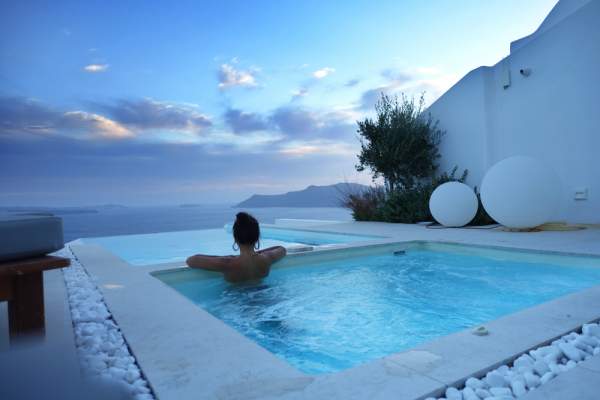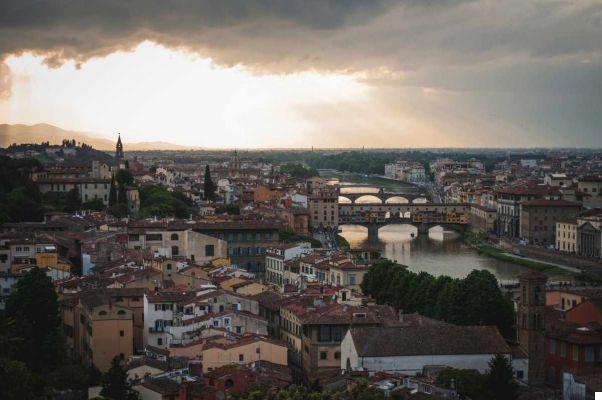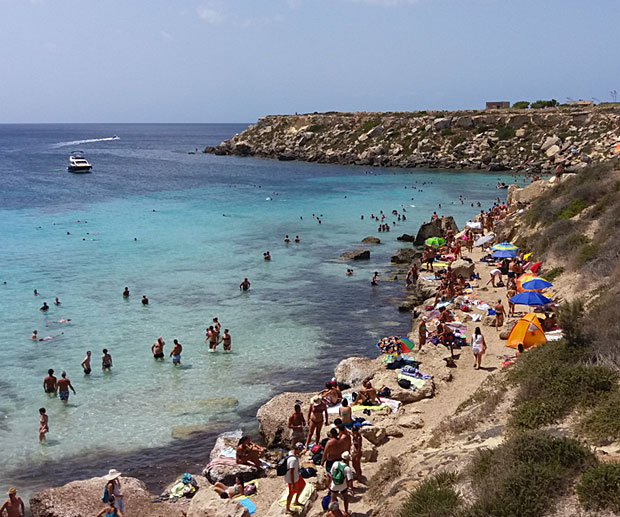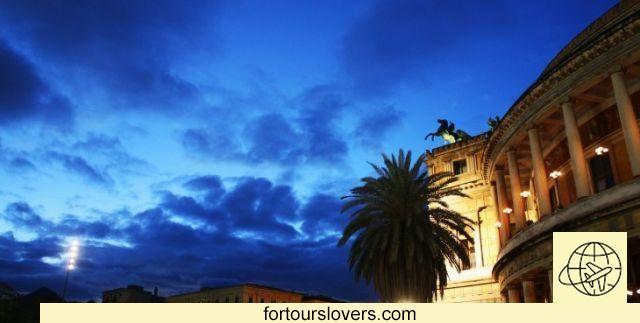
Palermo
12 things to do and see in Palermo and 2 not to doIn many respects it applies to Palermo what has already been written about Naples. It is a wonderful city, full of monuments, churches and works of art, tormented by serious social problems that have been dragging on for a very long time. Too much. An evident contradiction which, however, ends up constituting a further reason for fascination since the material difficulties have never questioned the sense of community e attachment to one's land. In short, Palermo, like Naples, is a sociological puzzle and yet a beautiful city to visit. Not surprisingly, in 2015, the historic city center was declared UNESCO heritage. Our story starts from here, from the many wonders of Arab-Norman city. Enjoy the reading.
1 The Cathedral
The Cathedral of Palermo constitutes almost a perfect compendium of the millenary history of the city. Before early Christian basilica; then mosque, in the context of the long Arab domination; finally again church with the Normans. As for style, Ferdinando Fuga, architect at the court of Charles of Bourbon in the second half of the 700s, it imposed a decisive neo-classical turn on the building, greatly reducing the previous Arab-Norman, Gothic and Baroque imprints. However, not everything has been lost. Traces of the previous styles are evident in the main apse (Arab-Norman), in the main entrance portal (Gothic) and, again, in the dome (Baroque). A mix of styles that does not leave indifferent, and to which the royal tombs, including the sarcophagus of Frederick II and, above all, the tomb of Santa Rosalia, patroness of the city.
Working Time:
>> Monday-Saturday 7:00 am / 19:00 pm
>> Sundays and holidays 8: 00/13: 00 and 16: 00/19: 00
Free admission
Monumental Area Hours (Royal Tombs, Treasury, Crypt):
>> Monday-Saturday 9:30 am / 17:30 pm
Cathedral roofs hours:
>> every day 9: 00/17: 00
Ticket for the whole area (treasury - crypt, tombs and roofs):
Adults 7,00 € uro
Youth (11-17 years) 5,00 € uro
2 Church of the Martorana
Built in 1143 by Admiral Giorgio d'Antiochia, faithful servant of the Norman king Roger II, the Martorana church is one of the most fascinating Byzantine churches in Italy. There are those who claim the most beautiful of all, also because of the contrast between the Arab-Norman style, which is why it is included in the assets protected byUnesco, and the subsequent Baroque additions of the '600. In 1433 Alfonso of Aragon ceded the church to the nearby Benedictine monastery founded by the noblewoman Eloisa Martorana. Hence the name of the church, the spiritual reference of the numerous Italian-Albanian colony sheltered in Sicily between the XNUMXth and XNUMXth centuries to escape Turkish piracy. The church is part of the assets ofEparchy of Piana degli Albanesi and despite being subject to the Santa Thirst follows the Orthodox liturgical calendar. The mosaic decorations inside are the building's strong point. Above all, the "Christ pantocrator" on the top of the dome. A typical representation of Byzantine art, with the blessing Christ surrounded by four prostrate angels in adoration at his feet. The Church of the Martorana is open every day, outside of sacred functions. The ticket full cost € 2,00 (reduced 1,00 for groups of at least 5 people, over 65 and students, showing a ticket of the Circuit of Sacred Art).
Working Time:
>> Monday-Saturday 08: 00/13: 00 and 15: 30/19: 00
>> Sundays and holidays 08: 30/09: 45 and 11: 45/13: 00
3 Catacombs of the Capuchins
"The place where the living meet the dead". This is written on the site dedicated to the cemetery of Convent of the Capuchin Friars of Palermo, and that's not a way of saying. On the contrary, the sentence fully clarifies the reason why the friars began to mummify the corpses: to give relatives the possibility of continuing to meet loved ones, just as if the latter were alive. It all begins with the custom of the Capuchin friars of the church of Santa Maria della Pace to bury their brothers in a common grave under the altar dedicated to Sant'Anna. A habit that, however, forced them later to dig other tunnels given the impossibility of continuing to group the lifeless bodies in a space that has now become too narrow. It was therefore logistical requirements that led the friars to discover that the bodies previously housed in the pit had remained in an almost perfect state. Hence the idea of improving the processes of natural mummification and to extend this practice to the Palermo bourgeoisie. This explains why from the seventeenth to the nineteenth century there were thousands of people, mostly notables, who decided to entrust the bodies of their deceased to the Capuchins in exchange for rich donations. This practice ended in the early 900s, with the significant exception of Rosalia Lombardo, a two-year-old girl mummified (but artificially) at the behest of her father and still housed in the catacombs. To be precise, in the chapel of Santa Rosalia, in the midst of two other girls. Rosalia Lombardo, the "Most beautiful mummy in the world" "Sleeping Beauty of Palermo" it's been there since 1920!
The Capuchin Catacombs are open every day of the year (including holidays). Closed on Sunday afternoons from the end of October to the end of March.
Timetables:
>> every day 09.00 / 13.00 and 15.00 / 18.00
Website: www.catacombepalermo.it
4 Norman Palace and Palatine Chapel
Palazzo dei Normanni is many things. It is the oldest Royal residence of Europe; and the seat of the Sicilian Regional Assembly; It is one of most visited monuments on the island; it is, finally, the building where the marvelous is located Palatine Chapel. The latter, dedicated to St. Peter the Apostle, was built in 1130 at the behest of Roger II of Sicily. It's about a three-nave basilica famous for i Byzantine mosaics who fresco it. The biggest and most famous of all is the "Christ pantocrator", a decorative motif also present in the Martorana church. Also very beautiful is the wooden ceiling with engravings and carvings that refer to the long Arab domination of the city. Not surprisingly, the Palatine Chapel, together with the city cathedral, and the other two in Cefalù and Monreale, has been under the protection ofUnesco. There are two entrances to the Norman Palace. The main one, reserved for public authorities, is in Parliament Square; the tourist one, on the other hand, is on Independence Square.
Working Time:
>> Monday to Saturday 8.15 / 17.40 (last ticket 17.00)
>> Sundays and holidays 8.15 / 13.00 (last ticket 12.15)
Ticket (Palatine Chapel, Royal Apartments)
full 12,00 € uro
Reduced 10,00 € uro
5 Palazzo Abatellis regional gallery
Visit the Kalsa (from the Arabic al-Khalisa) means visiting what for centuries has been the privileged place of politics, finance and culture in Palermo. Of course, being able to see everything is difficult, unless a local Cicero takes you to discover this historic district (one of the four into which the city center is divided). In fact, there is really a lot to see, including the contradictions we talked about at the beginning, it spies, at least from an urbanistic point of view, of a conflict between the present and the memory of the past. Mirto Palace, Abatellis Palace and l 'Oratory of the Whites they are the places where the glorious past of Kalsa - and of Palermo - is jealously guarded. The first (Palazzo Mirto) was for four centuries the home of the oldest Norman family in Sicily, i Filangieri Counts of San Marco, then Principi di Mirto. Palazzo Abatellis, on the other hand, is one museum space with numerous medieval, modern and archaeological collections accumulated mostly during the XNUMXth century thanks to private bequests and the suppression of religious corporations. Finally, the Oratorio dei Bianchi, seat of the Noble, Primary and Royal Company of the Holy Crucifix, where, among other things, it is possible to admire the wooden door "Bab el Fotik", renamed "Porta della Vittoria" by the Normans who put an end to the long Arab domination in the city.
Mirto Palace (via Merlo, 2)
Timetables:
>> Tuesday to Saturday 09.00 / 18.00
>> Sunday 09.00 / 13.00
Closed on Mondays
Abatellis Palace (via Alloro, 4)
Timetables:
>> Tuesday to Saturday 09.00 / 18.00
Closed on Sunday and Monday
Oratory of the Whites (Piazzetta dei Bianchi)
Timetables:
>> Tuesday to Sunday 09.00 / 13.00
Closed on Mondays
Combined ticket (valid for 3 days)
full 10.00 € uro
Reduced 5.00 € uro
Website: www.regione.sicilia.it/beniculturali/palazzoabatellis/home.htm
6 Fontana Pretoria
In the center of the homonymous square, in front of the town hall, there is the "Fontana Pretoria" or, as the people of Palermo call it, the "Fountain of Shame" because of the nakedness of the statues all around (others argue that the reference is instead to the corruption of the local ruling classes of the XNUMXth and XNUMXth centuries). We are always in the Kalsa, from a historical-cultural point of view, probably the most important of the 4 districts into which the historic city center is divided. The history of the Fontana Pretoria is rather unique, since it was intended to embellish a garden in Florence, to be precise the garden of Don Luigi of Toledo which he had commissioned to the architect Francesco Camillani the realization of the work. Work finished in 1554 and however, in 1573 sold to Senate of Palermo - it is said - to meet the debts accumulated by the noble Spanish family. Transportation from Florence to Palermo was quite complicated. Some pieces remained in Florence; others were damaged along the way. To deal with the reinstallation of the fountain (to make room for it, some houses were demolished) Camillo Camillani, son of the Florentine artist who had designed it first. As for the structure, the fountain rests on an oval base, surrounded by a balustrade that contains the other basins: three positioned concentrically on top of each other, followed by another series of smaller dimensions. As for the statues, they represent divinity e mythological figures (Hercules, Venus, Apollo, Bacchus, Diana, Adonis etc.). At the turn of the 90s and 00s, a long and complex one restoration phase has restored splendor to the Fontana Pretoria, guaranteeing once again, after years, the circulation of water.
7 Cathedral of Monreale
La Cathedral of Santa Maria Nuova, better known as Monreale Cathedral, is another stage of the Arab-Norman itinerary in 2015 which became part of the Unesco World Heritage (the Cefalù Cathedral). It is located only 5 kilometers from Palermo, in the central Piazza Vittorio Emanuele, and from an architectural point of view it is a perfect compendium of the civil, political and religious history of Sicily. The Norman imprint, in fact, clearly visible in the rich Byzantine mosaics that decorate the interior of the church, contrasts the Baroque taste of the portico that precedes the entrance, while the main altar and the organ are respectively from the 700th century and of the '900. In short, more than eight hundred years of history enclosed in a single building with three naves and a Latin cross erected in the XNUMXth century by King William II. Legend has it that it was there that ordered the construction of the temple Madonna who, appearing in a dream to the Norman leader, indicated to the latter a hidden treasure from which to draw the resources necessary for the realization of the work. Whatever it is, the majesty of the interior, including the two chapels of the Crucifix and of San Benedetto, does not leave indifferent so much is the grace and spirituality that pervades the spaces of this beautiful church south of Palermo.
Hours of visits:
>> weekdays 8.30 / 12.30 and 14.30 / 17.00
>> holidays 8.30 / 10.00 and 14.30 / 17.00
Visits are not allowed during the celebrations
For more information on ticket prices, reservations, guided tours, etc .: www.monrealeduomo.it
8 The markets of the city
The key word is "Abbainare" an expression that refers to the noisy calls of the sellers of the Palermo markets. A sui generis advertising language full of allusions e metaphors, functional to the sale of the products on display. A liturgy, in short, which is repeated every day in the three largest markets of the city: the "Vucciria", "I'll dance" and "Head". Visiting these places is an indispensable exercise to deepen the "Genius loci" of the Sicilian capital where the influences of the long are still evident Arab domination. Traces that refer to the terms used to attract buyers, but also to the ability of the markets to welcome non-EU citizens who in recent years have opened a shop alongside the historical businesses. In short, the kebab with crocchè and arancine. In one word: Mediterranean.
9 Street food
I'm not alone crocchè e arancine. Palermo is the Italian capital of street food, complete with a dedicated event in the year ofExhibition. The sandwich with spleen (meusa), lo sfincione (soft focaccia with tomato and caciocavallo), le veal guts (stigghione), le fried flatbread with chickpea flour (panelle) deserve to be eaten at least once in a lifetime. It's not just food. It is much more. It is popular culture from which, if desired, one can trace the history of the city, the French, Spanish, Arab influences and the way in which they then poured into traditional dishes. So I'm not saying to stop on a pilgrimage in every fry shop ... but almost? There will be time to burn off the excess calories! In addition, there is also a site that tells you "how" and "where". It is called and, it could not be otherwise, www.crocche.it. Bon appetit!
10 The pastry
There is not only it street food. Palermo pastry, according to some the best in the world, deserves to be treated separately. Cannoli, cassate, almond pastries, watermelon frost, are more than just whims. On the contrary, they are an important piece of history from which it is possible to reconstruct the "Genius loci" Palermo. In the city there are several excellent patisseries, and on the net there is no shortage of lists and suggestions with the best. Better yet, once in town, get some local advice. In conclusion, "Eat local", as the British say, because the food is culture!
11 Mondello beach
Palermo is also a seaside city, woe to forget it. Therefore a visit to the city can only contemplate a walk in Mondello, the beach of Palermo. White sand, crystal clear sea, tree-lined avenues, Liberty style villas, restaurants, bar, shops, accommodation and everything a modern one needs tourist resort. It can be reached comfortably by public transport from the center but, if you want, you can also do the reverse. Staying by the sea and moving to Palermo to visit museums, churches and monuments. During the summer Mondello is very crowded, while in spring, especially in the months of May and June, the atmosphere is perfect.
12 Ustica
Palermo, as we have said, is also a seaside city. The wonderful one of Mondello, but even more that of Ustica, not surprisingly nicknamed "the island of divers". Even if you are not experienced divers, do not worry: the sea of this island, just over an hour by boat from the Sicilian capital, is also suitable for families with children. Ustica, sadly famous for the DC9 massacre of 1980, in the last thirty years he has done a lot to emancipate himself from that tragic event. Over time, the Nature Reserve and l 'Marine Protected Area to safeguard and enhance the many environmental specificities of this small island in the middle of the Mediterranean. Therefore, especially in summer, when the connections are more frequent, those who visit Palermo will do well to visit Ustica as well. It is really worth it!
1 Do not show off valuables in certain areas of the city
In some areas of Palermo, for example i markets, it is better not to show off flashy objects. It is a precaution and nothing more, since being in lively, frequented places is the best guarantee of safety. However, in the crowd there can also be the malicious and therefore it is preferable not to attract attention with jewels, valuable watches, cameras and expensive SLRs. Apart from that: no fear. The show is guaranteed! Long live Palermo, long live Sicily, long live Italy!
2 Don't say "arancino"
Elsewhere, in Italy, you can also say "arancino" but not in Palermo, the arancina is female! You knew it.




